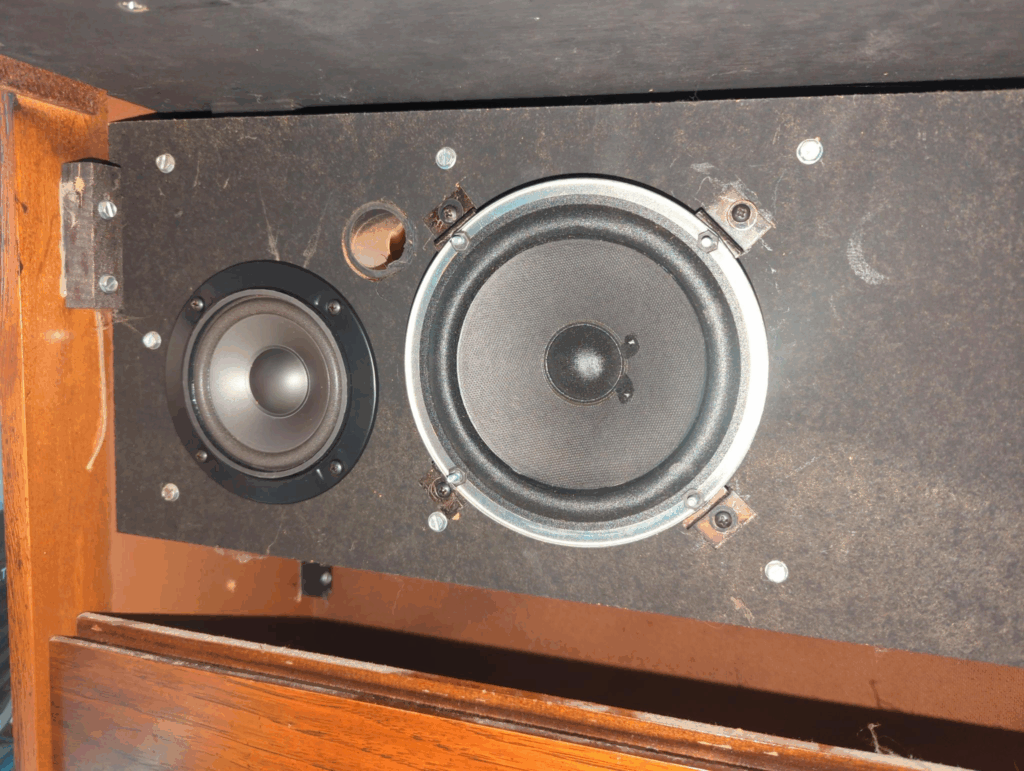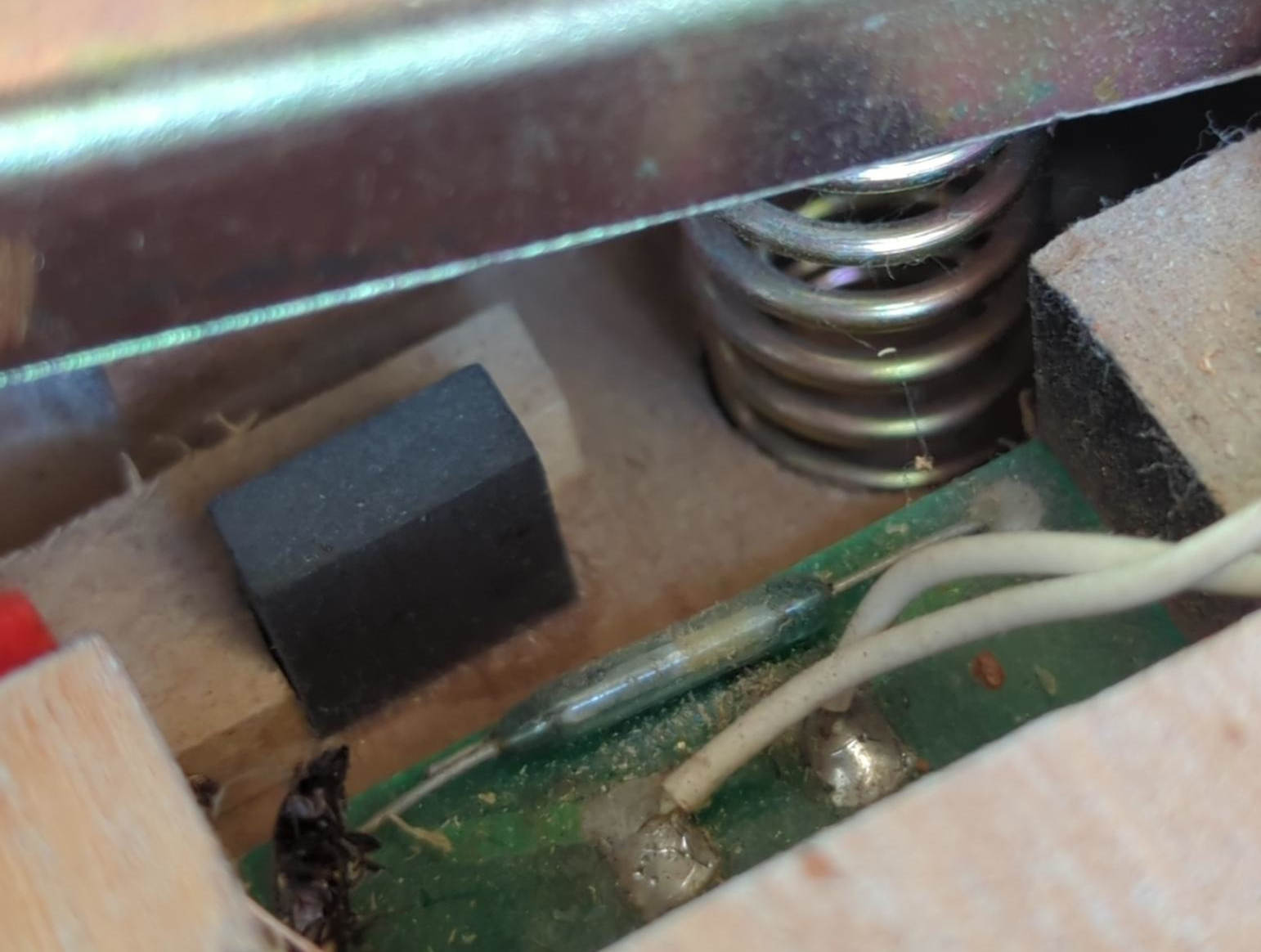I’d like to post some work notes every week, discussing interesting jobs I’ve worked on in the local area. This week I had some gems, including a magnetic pedal sensor in a Kurzweil Mark 150, blown speakers in a Baldwin MCX-88, and a key contact repair in a CLP-175.
Some links in this article are affiliate links. As an Amazon Associate I earn from qualifying purchases. Your click fuels hours of reviewing old service manuals—at zero added cost to you.
Adding PianoStream to Mark II Disklaviers
PianoStream is a great upgrade for early Yamaha Disklaviers. However, if you’re looking for the MIDI ports, you might find them in a few different places! I located the MIDI ports hiding at the rear of a Yamaha MX-100II. MIDI ports are also sometimes located below the right side of the keyboard. If you’re struggling to find them, rest assured that they are there, although they might be challenging to find!
I’ll also take this moment to mention that my favorite flashlight for fieldwork is the Fenix PD36. The battery charge lasts me a week or two, and it offers a wide range of light intensity for both general use and close, detailed work.
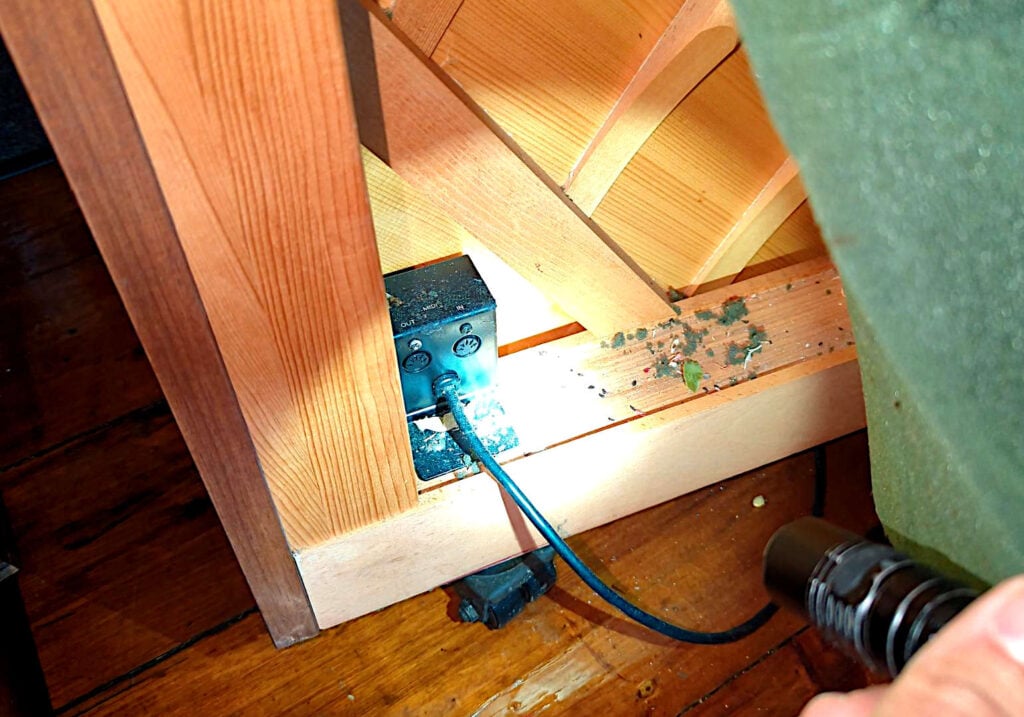
But it’s pretty easy to find the MIDI ports on the Yamaha DKC-500RXG! Just look on the back of the control unit. When installing PianoStream, I use the CME WIDI Master. Make sure you install these in the proper positions: The long blue WIDI Master goes into the OUT port, and the short black one goes into the IN.
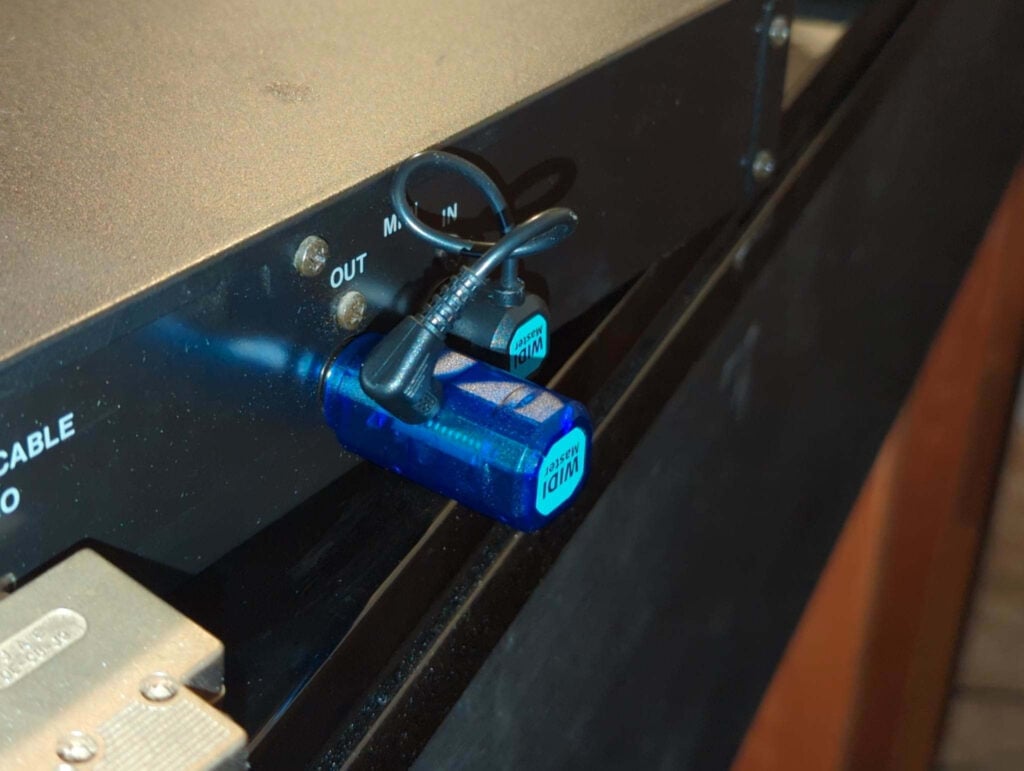
Yamaha CLP-175 Contact Issues
The Yamaha CLP-175 is an interesting keyboard. It uses wooden keys, similarly to Kawai digital pianos. It has two sets of contacts: One sits below the wooden keys, and the other sits below the backs of the hammers.
The hammer contacts determine the velocity, and the key contacts determine whether the key is pressed. If you have a key that’s sounding much too loudly, this is because of a hammer contact. If a key isn’t sounding at all, this is likely because of a key contact.
Unfortunately, replacement hammer contacts are not available from Yamaha. Syntaur carries replacement key contacts, but not hammer contacts. If you have a misbehaving hammer contact, the best option is to swap that strip with a lesser used set of contacts (such as the octaves toward the top).
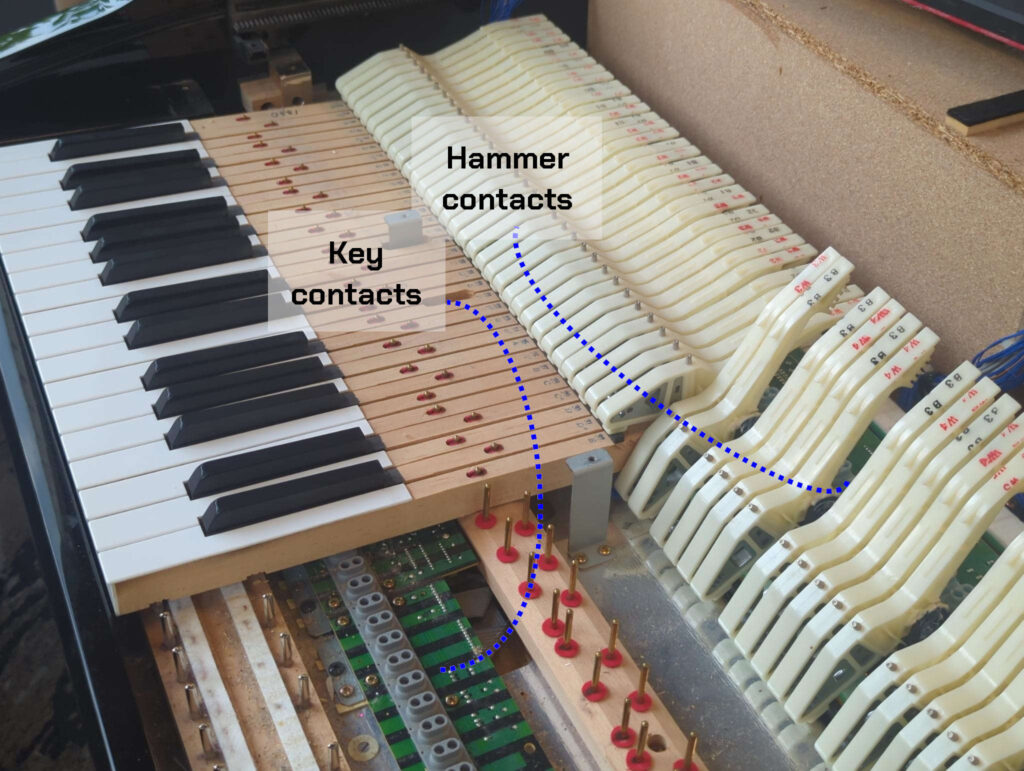
Kurzweil Mark 150 / DG 150 Pedal
I was excited to encounter this fascinating pedal design! The Kurzweil pedals use a magnetic reed sensor to determine when the sustain pedal is pressed.
These magnetic sensors are normally closed. That is, if a magnetic field is present, the Kurzweil believes the sustain pedal is up. If the magnetic field is blocked, it believes the sustain pedal is down.
A permanent magnet sits directly opposite the magnetic sensor, holding it open. As you depress the sustain pedal, the ferrous metal of the sustain pedal deflects the magnetic field of the magnet, thus closing the switch.
The most likely failure is that the magnet comes unglued. If the magnet is missing, look around for it—it’s probably stuck up underneath the pedal.
There is no longer a direct replacement for the reed sensor. The fact it’s normally closed makes it even more unusual. The best replacement is the KSK-1C90F-2025 (available from Mouser), which includes both normally closed and normally open legs. Just clip the normally open leg, and it will function as a substitute.
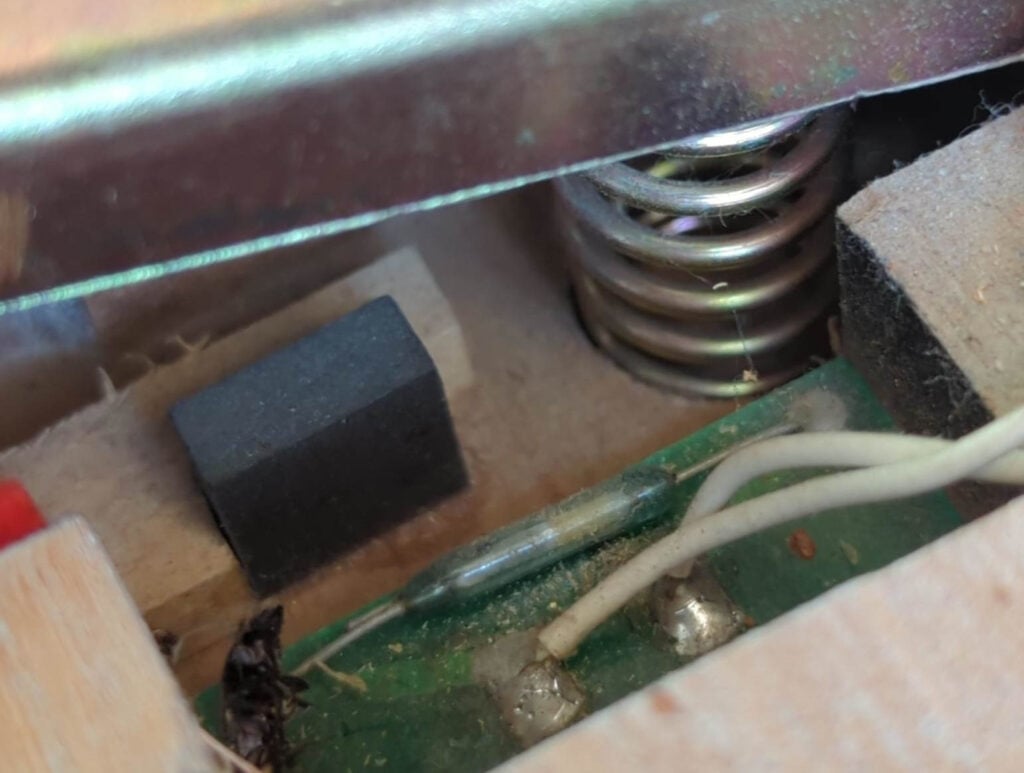
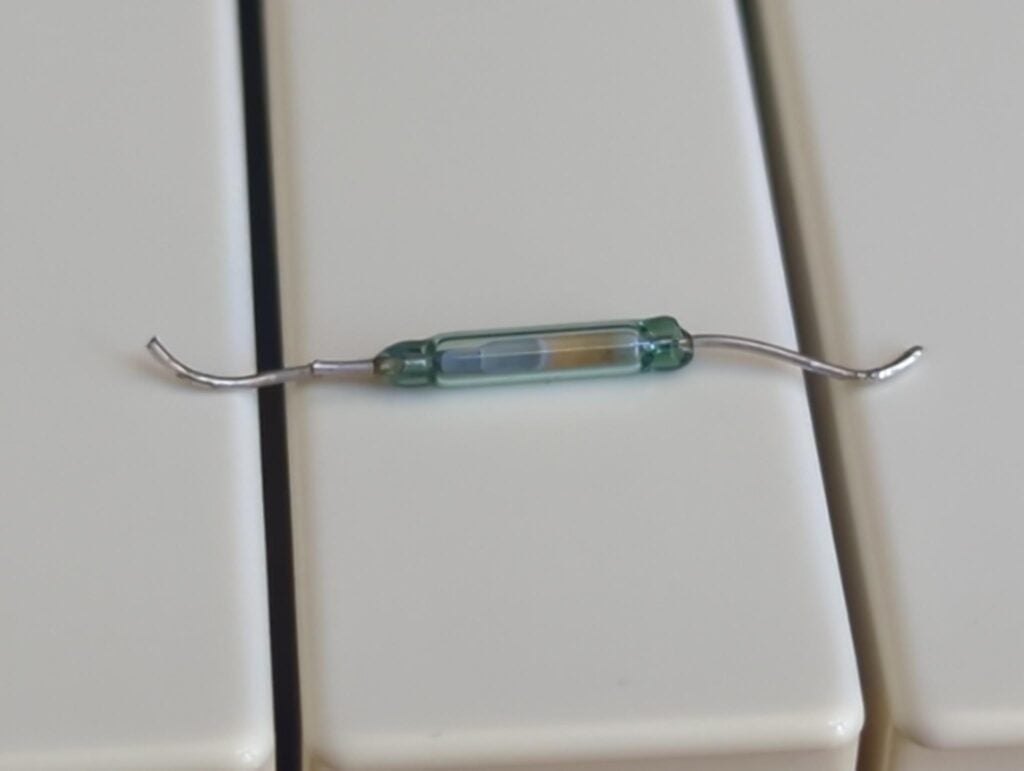
Baldwin MCX-88 Speakers
The Baldwin MCX-88 uses particularly cheap speakers, and these age very badly. If your Baldwin MCX-88 is buzzing, hissing, rattling, or making other dreadful sounds, suspect the speakers first.
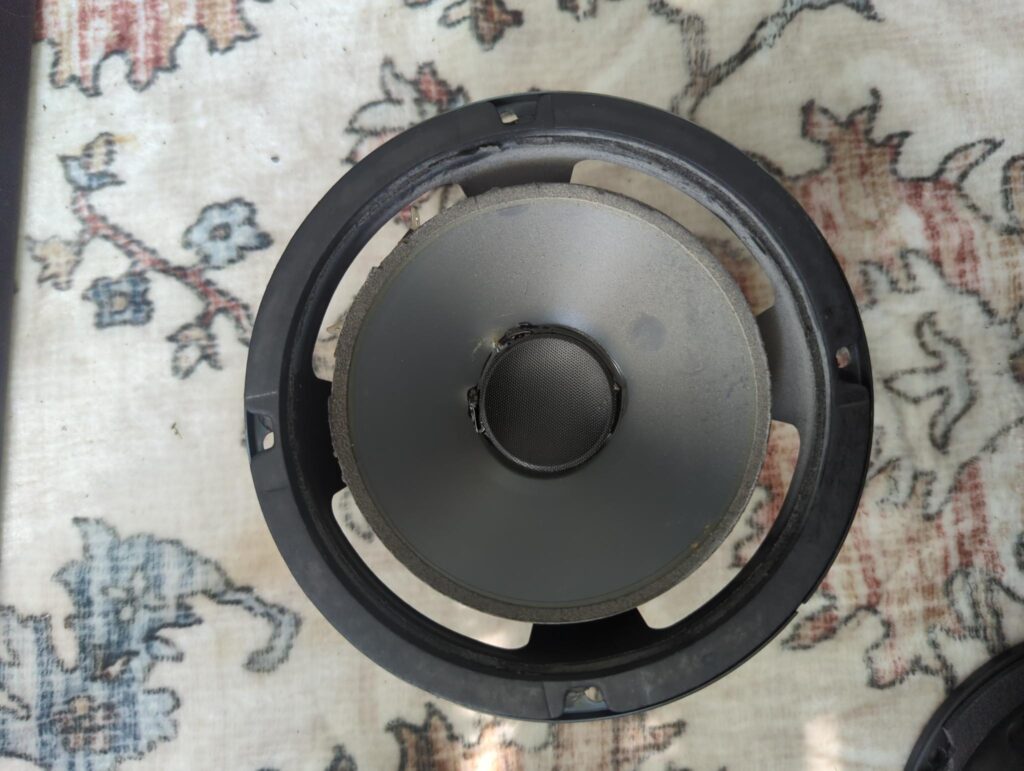
These are conventional 8 Ω speakers—just replace both pairs of speakers with speakers of the same size and equal or higher power rating. Avoid lowering the 8 Ω impedance, as that can overstress the amplifier. I clipped the ends of the wires and soldered them directly to the speakers.
